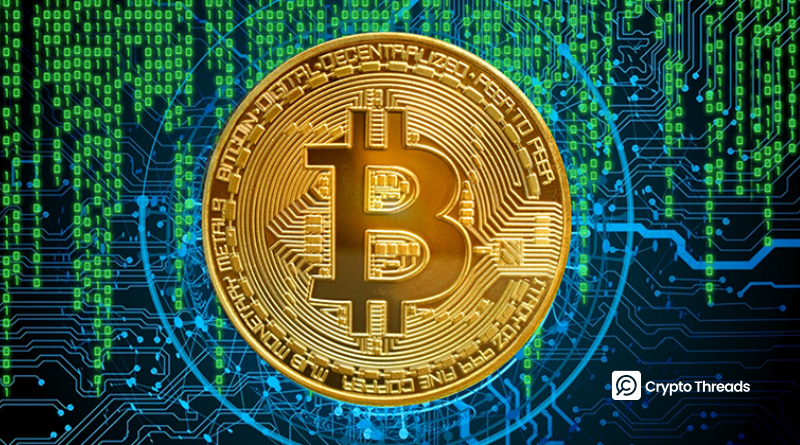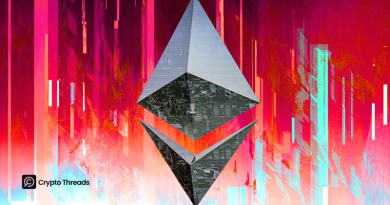Bitcoin Mining Faces Harsh Reality: Power, Not Halving, Now Decides Survival
- Traditional halving cycles matter less as ETFs and power demand reshape mining.
- Profitability hinges on securing ultra-low-cost electricity.
- Terawulf, IREN, CleanSpark, and Marathon are pivoting into AI and data centers.
- Hardware oversupply from Bitmain continues to drive difficulty higher.
- Energy flexibility and stranded megawatt deals are becoming strategic assets.
- Bitcoin remains central, but diversification is essential for long-term survival.
Bitcoin mining is undergoing a fundamental transformation. Once driven by the predictable four-year halving cycle, the business is now dictated by access to cheap energy, diversified infrastructure, and new revenue models. At the SALT conference in Jackson Hole, industry executives agreed: power is the real currency, and those who fail to adapt risk being left behind.
Traditionally, miners lived and died by halving events, scrambling to cut costs as rewards were slashed. But as ETFs absorb more Bitcoin supply and AI reshapes infrastructure demand, this old rhythm is fading. Companies like CleanSpark, Terawulf, IREN, and Marathon Digital are diversifying into data centers and AI-powered solutions to maintain profitability.
CleanSpark CEO Matt Schultz summarized the shift: “We used to talk about hash rate. Now we’re talking about monetizing megawatts.” The company has scaled to 800 megawatts of infrastructure, with another 1.2 gigawatts in development, exploring energy monetization beyond mining.
Terawulf CFO Patrick Fleury was blunt: “Bitcoin mining is an incredibly difficult business.” With electricity costs near $0.05 per kWh, mining one Bitcoin costs roughly $60,000—half of revenue at current market prices. Meanwhile, hardware producers like Bitmain keep adding machines, pushing difficulty higher and squeezing margins. Terawulf’s pivot: a $6.7B deal with Google to convert mining capacity into data center operations.
IREN, which operates 50 exahash and boasts a 65% EBITDA margin, is also pausing expansion in mining to pursue AI co-location and cloud services, which offer faster payback cycles. Similarly, Marathon Digital is leveraging sovereign compute and edge-based AI infrastructure, while continuing to hold Bitcoin on its balance sheet as a strategic hedge.
Despite diversification, the common thread is energy. Mining companies are competing to secure long-term access to low-cost power, with CleanSpark locking in stranded megawatts across the U.S. Schultz highlighted flexible consumption strategies, reducing energy costs by up to a third through demand-response programs.
While AI and cloud computing are grabbing headlines, executives emphasized Bitcoin mining is still core to their businesses. Operational efficiency, scale, and strategic energy partnerships remain central to long-term survival. As Schultz put it, Bitcoin may soon serve not only as a digital asset but also as a balancing layer for global energy systems.
Final Thought
The halving cycle no longer defines Bitcoin mining. Survival now depends on securing cheap power, diversifying revenue streams, and adapting to AI-driven infrastructure demand. For miners, the future belongs to those who treat energy as the ultimate currency.



